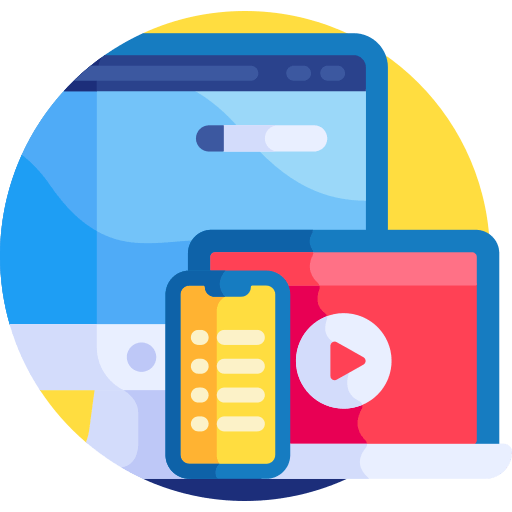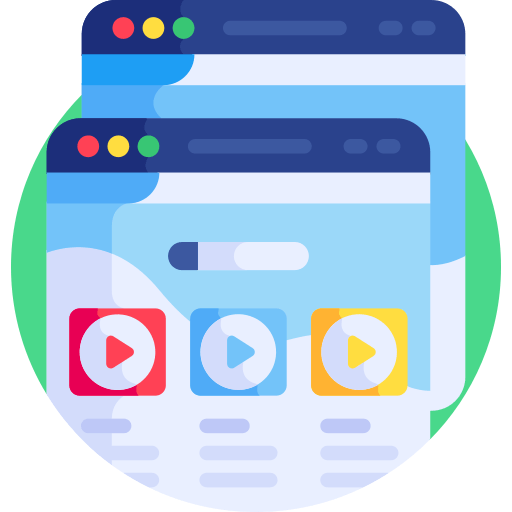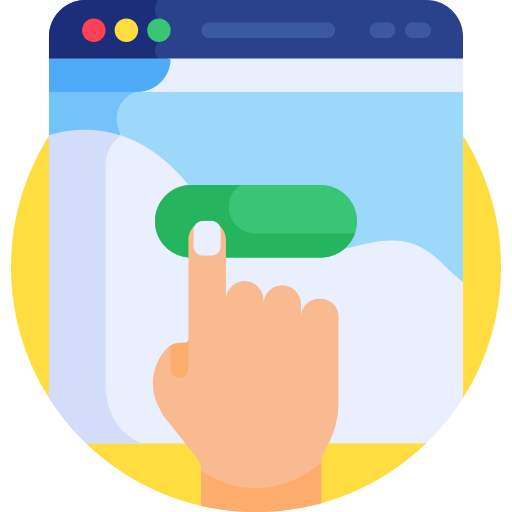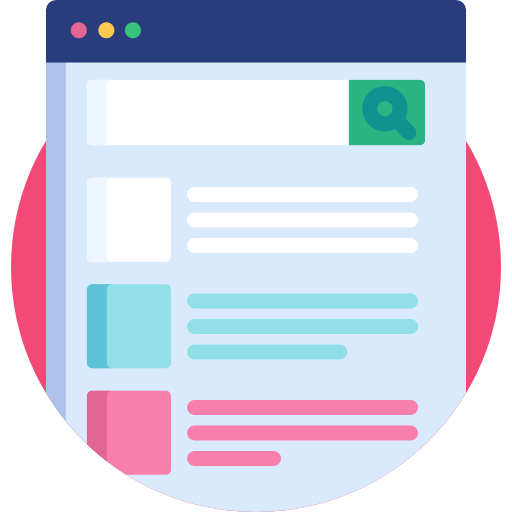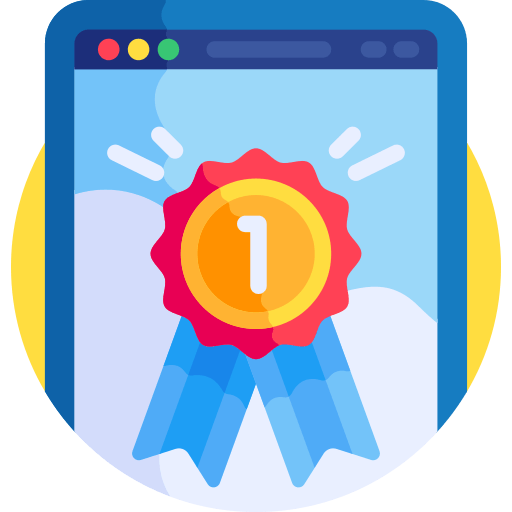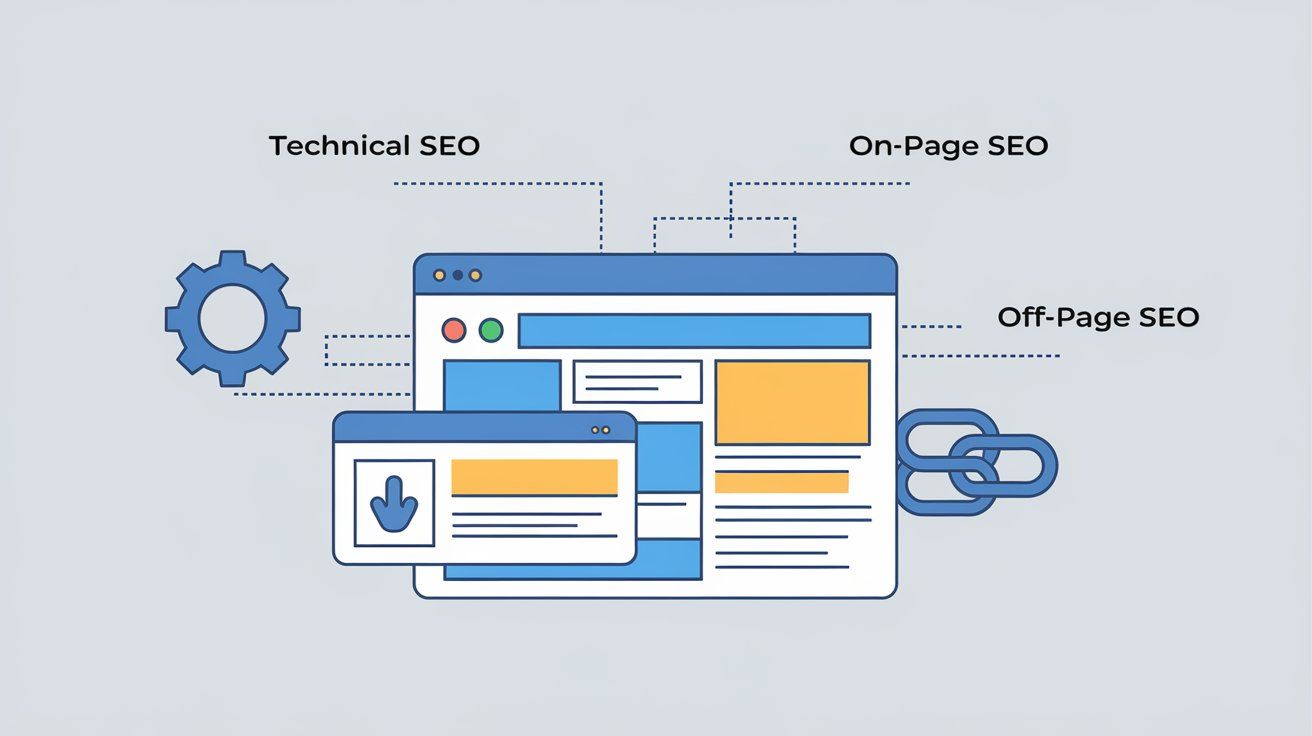727.222.6984
5006 Trouble Creek Rd, New Port Richey, FL, 34652, United States
Your Marketing Strategy in 7-steps | Under 2-hours a Week
Justin Babcock • February 24, 2020
Marketing consistency is about creating content
regularly, distributing
that content through as many channels as possible, targeting a specific audience, and creating opportunities to convert
new leads.
Watch the video, then read our blog...
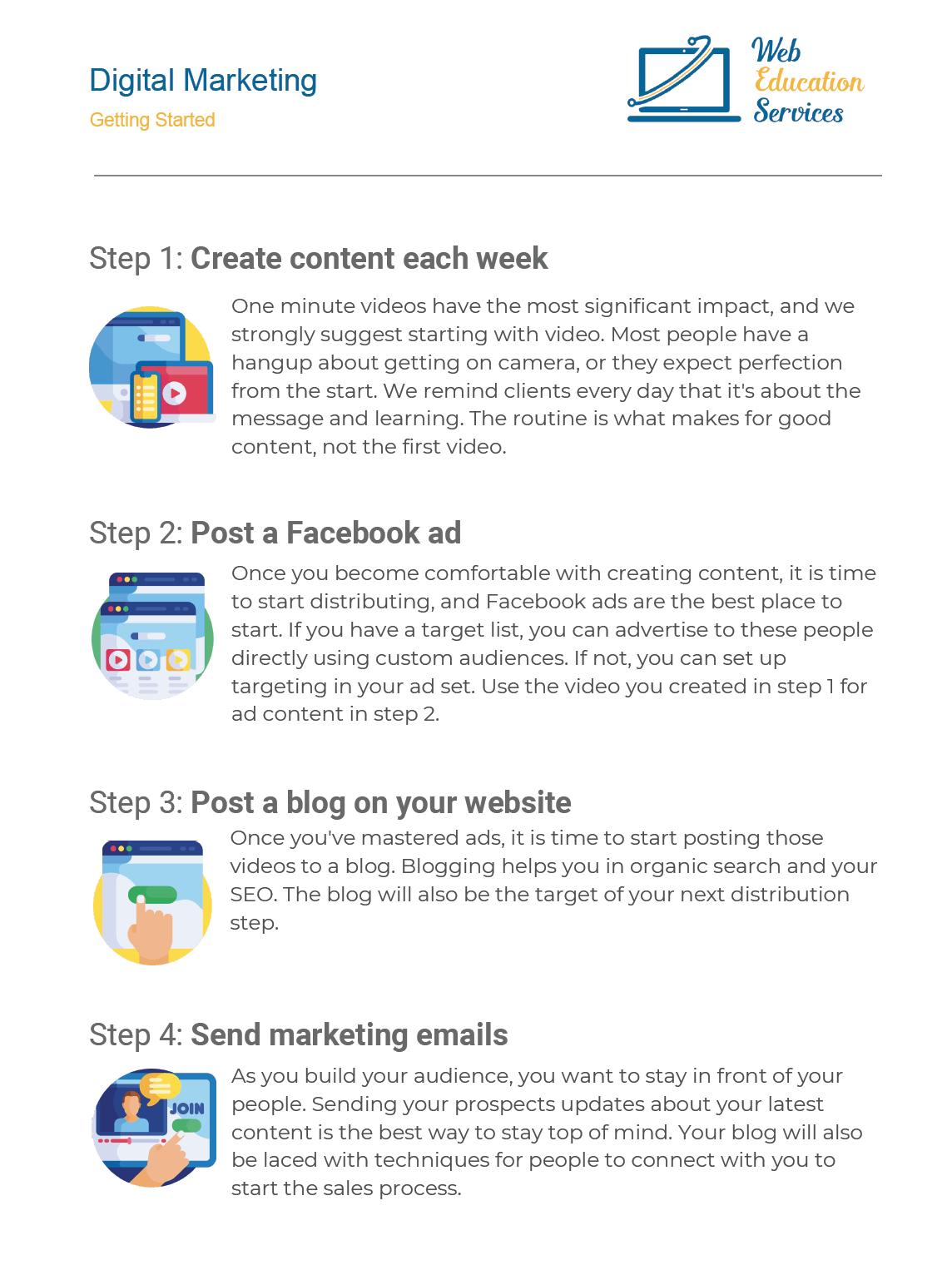
Marketing systems can be complex. But when you are getting started, you need a simple system.
We created a simple 7-step process to jump start your marketing effort.
Why do we do it?
When your marketing is consistent, your business is safe.
Download the 7-steps
Why do we do it?
When your marketing is consistent, your business is safe.
Step 1: Create content each week
One minute videos have the most significant impact, and we strongly suggest starting with video. Most people have a hangup about getting on camera, or they expect perfection from the start. We remind clients every day that it's about the message and learning. The routine is what makes for good content, not the first video.
Step 2: Post an ad
Once you become comfortable with creating content, it is time to start distributing, and Facebook ads are the best place to start. If you have a target list, you can advertise to these people directly using custom audiences. If not, you can set up targeting in your ad set. Use the video you created in step 1 for ad content and creative.
Need help getting started? Schedule a free coaching session with one of our experts.
SCHEDULE A COACHING SESSION Share
Tweet
Share
Mail
The Marketing How-To Blog

By Justin Babcock
•
October 14, 2024
Key Variables to a Successful Facebook Ad Running a Facebook ad campaign can be a powerful way to grow your business, but it’s not as simple as boosting a post and waiting for leads to roll in. Many factors determine whether a Facebook ad will perform well or fall short. From the objective you choose to the external factors that influence your audience, each element plays a crucial role in driving success. Let’s break down the key variables that can make or break your Facebook ad campaign.

By Justin Babcock
•
October 9, 2024
Struggling to Pick a Content Topic? Google Keyword Planner Can Help! One of the most frustrating parts of creating marketing content—whether for blogs, emails, or social media posts—is picking the right topic. You know the importance of engaging your audience, but how do you decide what will capture their attention? You may have plenty of ideas floating around, but without knowing what people are actively searching for, your content might not hit the mark. That’s where Google Keyword Planner steps in. It's a powerful tool designed to help you discover the right topics based on what people are searching for, making the process of choosing a topic easier and more data-driven. Watch our video below for step by step instructions.


